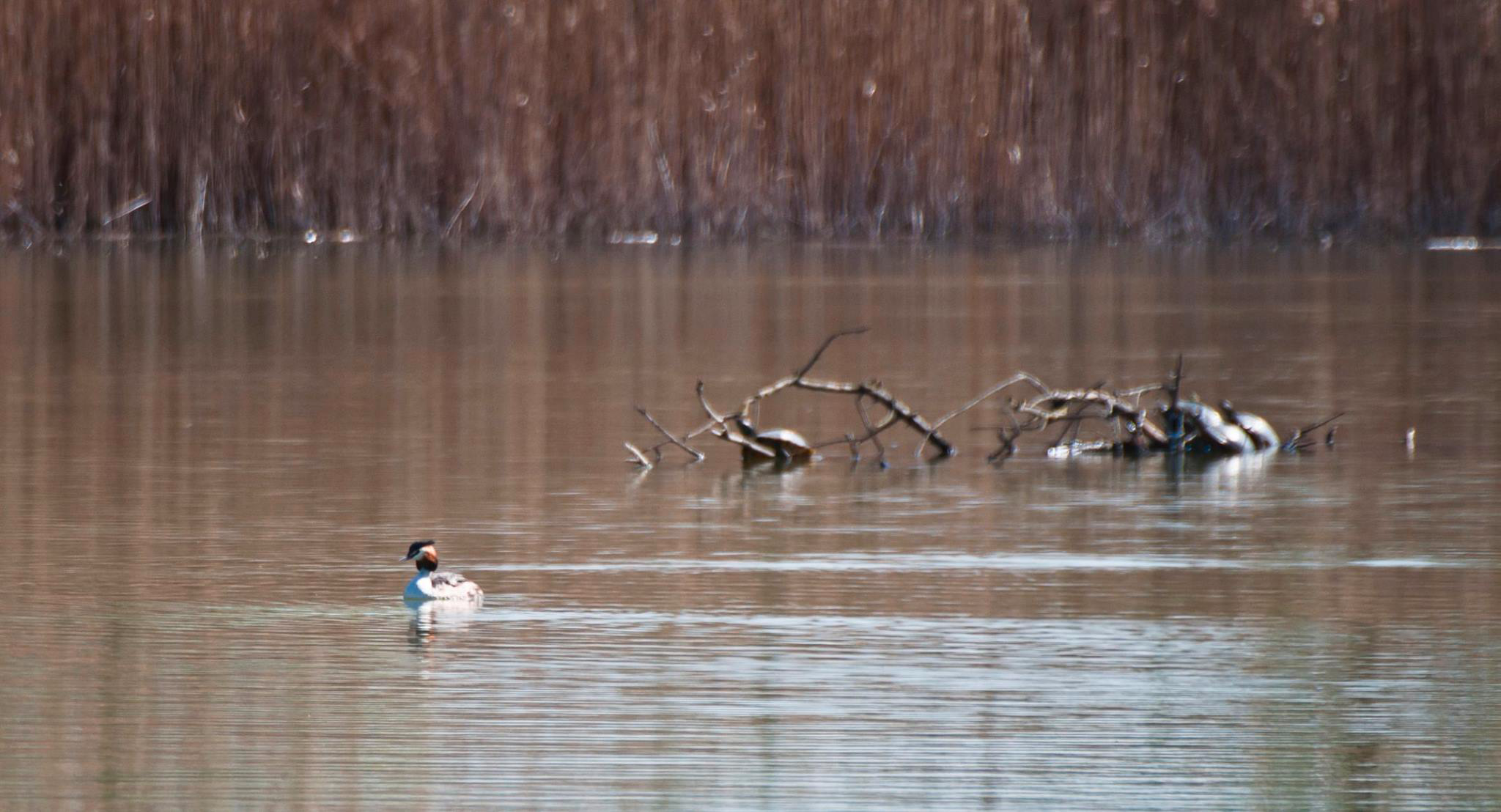Big mammals
The methods listed below allow the determination of ecological parameters of the populations in question (e.g. density, population structure, relative density, population distribution, habitat use).
Small mammals
The methods listed below for monitoring microteriofauna (moles, shrews, voles, dormice, mice, rats) usually do not allow to obtain an estimation of population density, since it is often impossible to refer to a given surface measure; however, the counting and identification of captured individuals provide an index of population abundance as well as a representation of biodiversity.
Reptiles and amphibians
Data on the Italian herpetofauna are collected within the project “Atlas of Italian Amphibians and Reptiles”, by the Italian Herpetological Society, of which we adopted some sampling methods:
All the proposed methods are applicable only to periods in which the fauna component is active (spring-autumn). Whatever the adopted technique, the release and safety of the captured specimens is guaranteed.
Birds
The birdlife census is a reference point for biodiversity monitoring, comparison of habitats, pre- and post-treatment surveys.
Considering the importance that wild birds also have in community or international contexts (Directive 79/409/EEC “Birds”; Ramsar Convention, relating to fauna of humid environments), the correct monitoring of natural populations is particularly important with a view to sustainable land management and/or infrastructure design.


